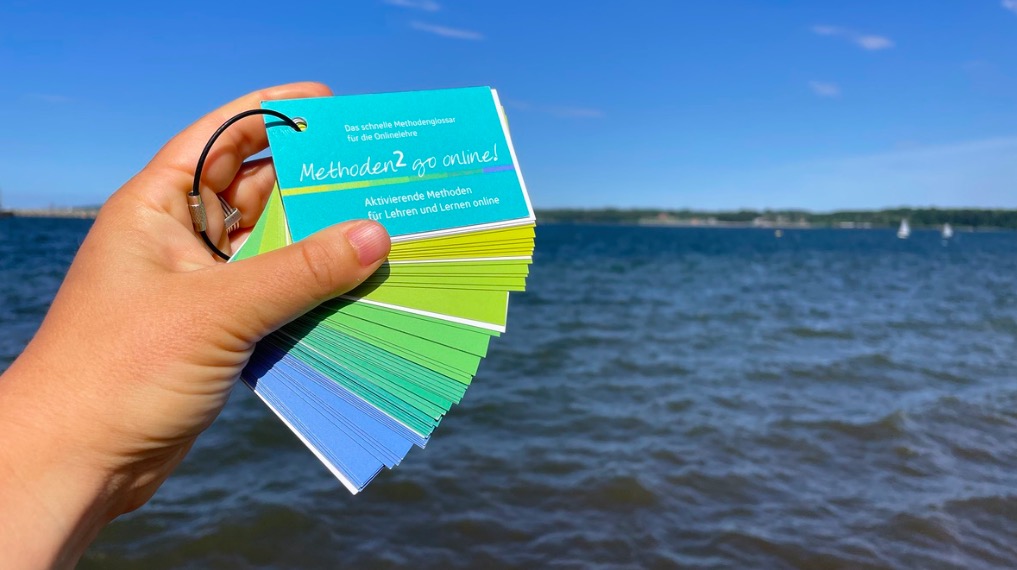
#Methods2Go: Methods for assessing previous knowledge in university classes
More methods today, inspired by E.-M. Schumacher’s “Methoden 2 go online!“! Today:
Assessing previous knowledge
Pre-tests
Using a virtual voting tool or a tool that allows for very short free-text answers to assess previous knowledge before class starts (or at the very beginning of class) is great for many reasons. Doing a “test” right before (or the night before) class helps you prepare for class, because you have a pretty accurate idea of what students know and don’t know, so you might include a summary of older content or launch right into something new, knowing that you are meeting students in a good spot. “Testing” at the beginning of a class activates prior knowledge and gets students focussed on the topic of class (as well as informing you about where students are at), but it doesn’t give you time to do major tweaks to the planned program.
I write “testing” in quotation marks, because the word sometimes implies that it something is part of the assessment. In this case, it can also just be part of the learning process, providing formative feedback. Or you could give it a tiny number of points and have all pre-tests sum up to something like 5% of the grade — enough to make students want to participate and not just throw away the oppotunity to earn points, but not enough to put actual pressure on students.
Advance organiser
An advanced organizer is usually a visualization of important topics (e.g. as a concept map) to help students organise information and gain orientation of where they are at with respect to all that will happen throughout a semester. It could also just be a table of content if you aren’t feeling fancy. In any case, it’s good to show one to students in the beginning and talk about how topics relate to each other and how much time you are estimating each one will take, and it’s even better when revisited regularly, including updated information if the content or time planning has changed.
A-Z of a topic
The idea behind an “A-Z” of a topic is to find a relevant term for every letter of the alphabet, and describe what it means and how it’s relevant for the topic. I’ve seen those on scicomm Instagram a lot (for example @scied_alice did one on physics, randomly linking here to D for “Doppler effect”), and I can imagine them well in teaching — both to activate previous knowledge on a topic and towards the end of the semester to consolidate all the new information. These are fun, and maybe even more so if you can include them in some kind of social forum — sharing them on social media, or starting off each lesson by presenting one letter that a group prepared for that day. If there is no fun social aspect, this might feel a bit like kindergarden busywork. But I guess that’s the same for most methods: A method is only as good as the way you implement it!
That’s it for today! Next #TeachingTuesday we’ll be back with methods for “informing” students!
#Methods2Go: Methods for "informing" students in university classes - Adventures in Oceanography and Teaching says:
[…] see how what they are about to learn connects to last week or the week before (as suggested in the advanced organiser paragraph here). But I like involving students in the activity, […]
Thinking about "Universal Design for Learning" - Adventures in Oceanography and Teaching says:
[…] for students to engage with new ideas: activating prior knowledge (for example through methods like letting students put together an A-Z of their topic (but then allowing for something that is in written format as well as maybe a podcast or video), […]